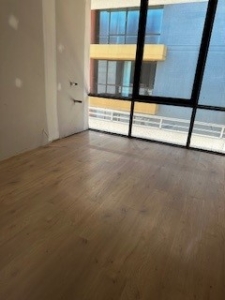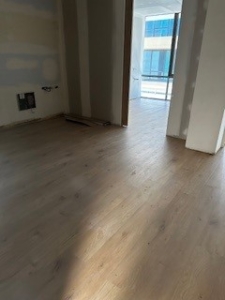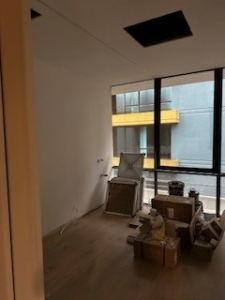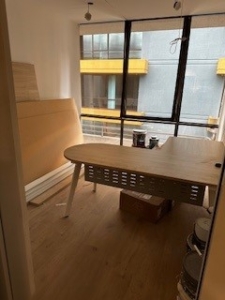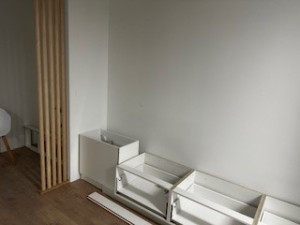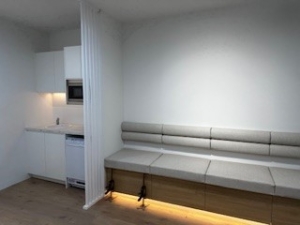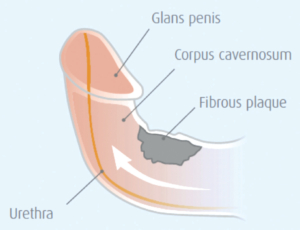Microbiome of the Male Reproductive System: The Hidden Factor in Men’s Health
When most people think about the microbiome, they imagine gut bacteria affecting digestion and immunity. But did you know that the male reproductive system also has its own unique microbiome? This hidden ecosystem of microorganisms plays a surprising role in fertility, hormone balance, and overall sexual health.
What Is the Male Reproductive Microbiome?
The male reproductive microbiome refers to the community of bacteria and other microorganisms living in the penis, testes, prostate, and semen. While it’s less studied than the gut microbiome, research shows that these microbes are crucial for maintaining reproductive health.
A balanced microbiome supports sperm quality, prevents infections, and even influences the immune environment of the reproductive tract. On the other hand, imbalances—sometimes caused by antibiotics, poor hygiene, infections, or lifestyle factors—can lead to fertility issues and other complications.
How the Microbiome Affects Fertility
Studies suggest that an unhealthy male reproductive microbiome may contribute to:
-
Reduced sperm motility – making it harder for sperm to reach the egg.
-
Decreased sperm count – fewer sperm can lower the chance of conception.
-
DNA fragmentation – damaged sperm DNA can affect embryo quality.
-
Inflammation – chronic inflammation in the reproductive tract can impair fertility and sexual health.
Even small changes in microbial balance can have a measurable impact on reproductive outcomes, highlighting why men’s microbiomes deserve attention.
Factors That Influence the Male Microbiome
Several lifestyle and environmental factors can disrupt the delicate balance of microbes:
-
Antibiotic use – kills both harmful and beneficial bacteria.
-
Diet – processed foods, sugar, and alcohol can negatively impact microbial health.
-
Hygiene – poor genital hygiene can allow harmful bacteria to thrive.
-
Sexual activity – sexually transmitted infections can alter microbial balance.
-
Chronic stress – stress hormones can influence bacterial populations and immunity.
Maintaining healthy habits is essential for keeping the microbiome in check.
Supporting a Healthy Male Microbiome
Here are practical ways men can support their reproductive microbial health:
-
Balanced diet: Include fiber-rich fruits, vegetables, fermented foods, and lean protein.
-
Probiotics: Supplements or natural sources (like yogurt or kefir) can help maintain beneficial bacteria.
-
Safe sexual practices: Use protection and get regular STI screenings.
-
Gentle hygiene: Avoid harsh soaps; washing with mild cleansers is best.
-
Lifestyle management: Reduce alcohol, quit smoking, manage stress, and exercise regularly.
Why It Matters
The male reproductive microbiome is more than just a scientific curiosity—it’s a critical component of sexual and reproductive health. By understanding and supporting this hidden ecosystem, men can improve fertility, reduce infection risk, and even support hormone balance and overall wellness.
Conclusion:
Men’s health isn’t just about testosterone, erections, or sperm count—it’s also about the microscopic world living inside the reproductive system. Paying attention to the male reproductive microbiome is a small step with potentially big benefits for fertility, sexual function, and overall health.
Book Your Appointment Today
If you’re in need of a urologist in Brisbane, Dr. Jo Schoeman is here to help. With a commitment to patient-centered care and advanced treatment options, Dr. Schoeman is dedicated to improving the lives of her patients. Contact our office today to schedule a consultation and take the first step toward better urological health.






